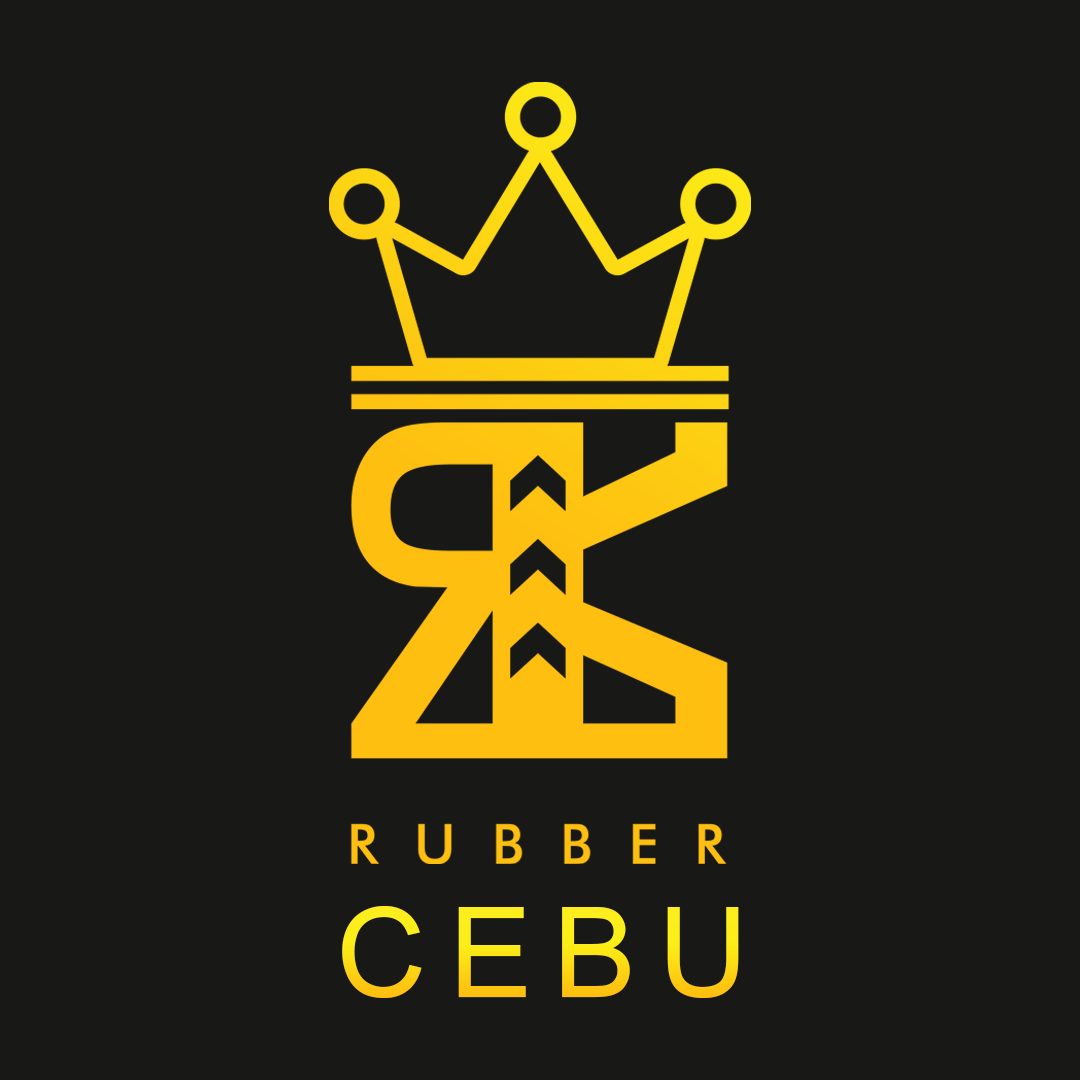Rubber Rubber Lining
Rubber lining is a process in which an inner layer of rubber is applied to the inside walls of a pipe. This process occurs through shot blasting and vulcanization, which involves sandblasting the pipe with an abrasive material, heating it to specific temperatures, and then applying the rubber lining. The purpose of this process is to protect pipes used in various applications. The most common use for rubber lining on pipes is corrosion protection or abrasion resistance. In specific environments where corrosive materials are present, such as seawater or wastewater systems, having an inner protective layer can help minimize damage from chemicals that would otherwise corrode metal surfaces.
Types of Rubber Linings
Rubber lining materials offer many properties and can be used for many applications. Understanding the differences between the various rubber lining materials available, such as natural rubber, neoprene, and EPDM, is essential. Each has unique characteristics that make them suitable for specific jobs and unsuitable for others.
- Natural rubber is commonly used in industrial applications due to its excellent resistance to abrasion, high tensile strength, flexibility and elongation properties, and good adhesion when vulcanized with other compounds.
- Neoprene has superior weathering properties and electrical insulation ratings compared to other rubbers.
- EPDM has outstanding ozone resistance compared to other elastomers, making it ideal for outdoor exposure applications where ozone may be present in the atmosphere.
Process of Rubber Lining
Rubber lining is a process used to protect surfaces from corrosion and wear. It can be used in industrial, chemical, and mining applications. The rubber lining process involves several steps that must be completed correctly for optimal results. The first step of the rubber lining process is surface preparation. This involves removing existing coatings and cleaning the substrate to ensure the adhesion of the new coating.
Additionally, any dirt or other debris should be removed from the area to create a smooth surface for application. The next step is primer application, which helps provide additional adhesion between the substrate and rubber layer. After this, an epoxy adhesive layer is applied before rolling on sheets of neoprene or natural rubber onto the substrate. This can involve using raised edges around corners or bends to provide complete coverage of all surfaces coated with rubber.
Benefits of Lining
Rubber lining is a process that is commonly used to protect surfaces and tanks from corrosion and abrasion, as well as to provide an impact-resistant barrier. This cost-effective protection method can be used on new and existing surfaces, making it an ideal solution for industries dealing with corrosive materials. The advantages of rubber lining are numerous. It increases the longevity of the protected materials, reducing maintenance costs in the long run. Rubber also provides superior protection against chemicals and extreme temperatures, helping preserve the integrity of underground infrastructure or tanks within industrial plants for extended periods. Furthermore, rubber lining can improve safety by providing insulation against electricity or radiation exposure. Finally, rubber’s low coefficient of friction makes it beneficial for use in applications such as pipe liners which require minimal drag force when transporting materials through pipes or tubing.
Applications of Lining
Rubber lining has become a popular form of industrial protection and is often used to help protect factories from damage, corrosion or wear. Rubber lining can benefit various industries and applications, from energy and chemical processing to pharmaceuticals and food production. For example, rubber lining can be particularly useful in the chemical industry for protection against hazardous chemicals that could react with other materials.
In addition, rubber lining offers excellent protection for factories working with highly corrosive materials such as acids or solvents. It also provides effective insulation against extreme temperatures which is especially important when dealing with combustible liquids or gases. Furthermore, rubber lines are often specifically designed to reduce noise levels which makes them ideal for use in paper mills or printing facilities where loud noises may disrupt normal operation.
Different Application type
- Mining
- Pharmaceutical
- Oil and Gas refinery
- Engineering
- Aerospace
- Agriculture
- Food and Beverage
- Industrial
- Construction
- Transportation
Features
- Exceptional resistance to hazardous kinds of fluids and chemicals
- Has outstanding tear and wear resistance
- Ultra-durable
- Exceptional resistance to extreme heat or cold environment
- Maintenance-free
- Increase the life expectancy of an equipment
- Cost-effective
Take advantage of getting long-lasting, reliable performance from your equipment or structures. Rubber lining can provide the extra protection and longevity you need, so don’t wait – act now to ensure the success of your assets. Put the power of rubber lining in your corner and watch as your assets stay strong for years to come.
Actual Product
Dimensions may vary depending on the specifications
For Manufacturing, Servicing, and Supplying of rubber products, we only cover the entire Visayas and Mindanao Regions. For faster transactions, feel free to contact our sales team.
Globe: (+63)-916-444-0421 & Smart: (+63)-961-604-3588
Sales Office Location:
#63 F. Gochan Street Mabolo, Cebu City, Cebu Region 7, Philippines
